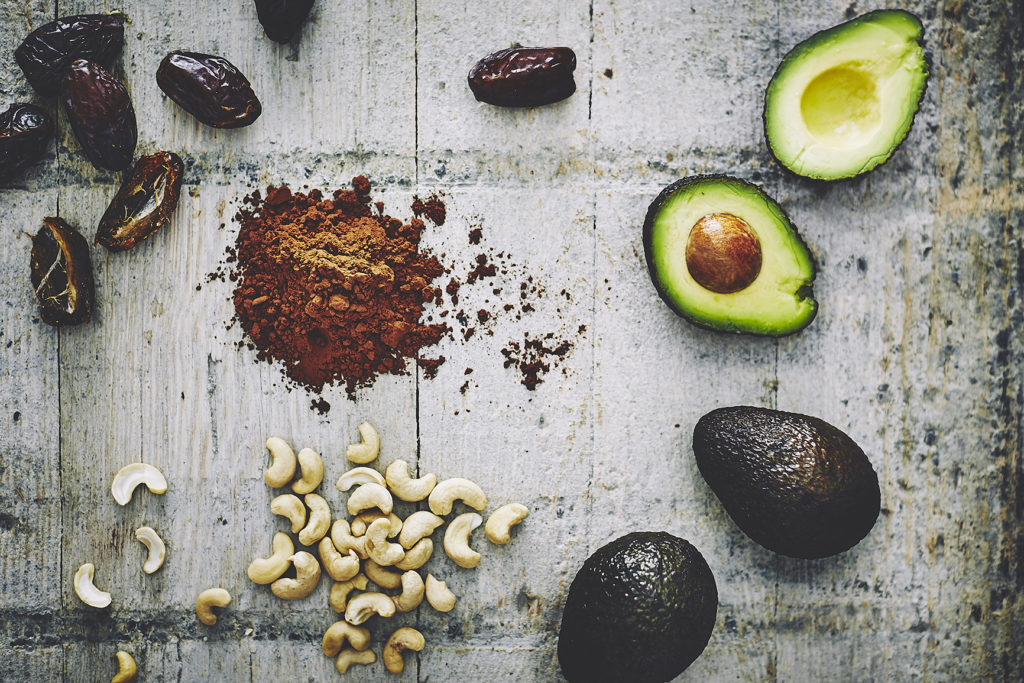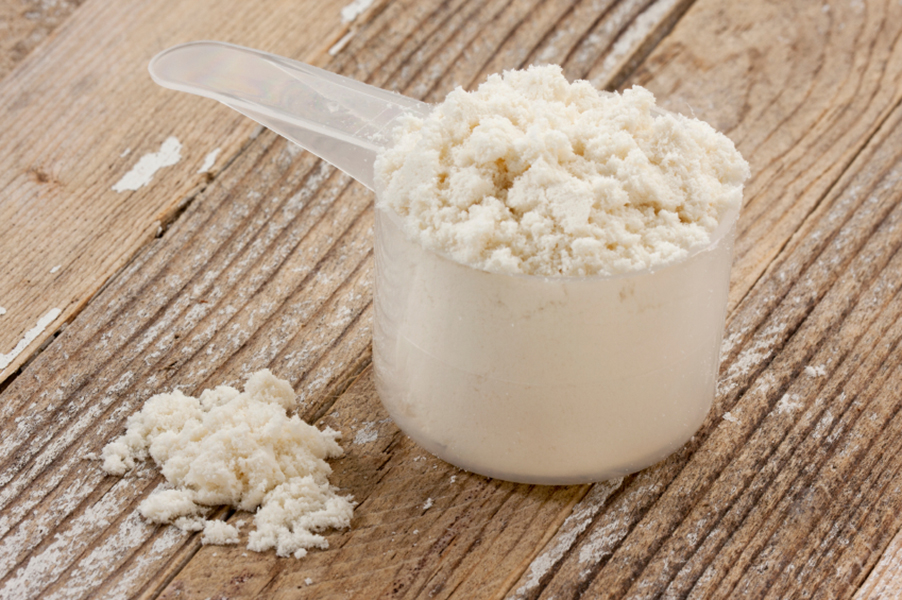The Basics of a Keto Diet

The keto (short for ketosis) diet is gaining more and more mainstream traction. Essentially a keto diet is a low-carb diet where the focus is on eating real food. “Real food” may seem obvious, but many foods that tout a “low carb” labels are packaged and laden with unhealthy and artificial additives and preservatives.
What Happens
When you consume carbohydrates, the body produces glucose and insulin. Glucose is the easiest molecule for your body to convert and use as energy and because of that it will be chosen over any other energy source. Insulin is produced to process the glucose in your bloodstream. Since the glucose is used as a primary energy, fats are not utilized, and are therefore stored.
By lowering the intake of carbs, the body is induced into a state known as ketosis.During this state, we produce ketones, which are produced from the breakdown of fats in the liver.
Ketosis is a natural process the body initiates to help us survive when food intake is low. That’s not to say that this process happens through starvation of calories, but through the starvation of carbohydrates.
The body adapts based on consumption and when fats are consumed over carbohydrates, it will begin to burn ketones as the main energy source.
Ketosis isn’t something that happens overnight. Every body is different, but on averages takes two to four weeks to enter and is very sensitive. The moment you start to eat a higher carbohydrate content, your body will go to that food source for energy and therefore fall out of ketosis.
Basic Guidelines
- Again, every body is different, a general ratio of macros to follow is 60-75% of calories from fat, 15-30% calories from protein and 5-10% calories from net carbs.
- Carbohydrate sources should be limited to vegetables, nuts and dairy. Stay away from refined carbs as well as starch.
- Eat when you are hungry.
- Be mindful of calories. You don’t need to count calories per se, but know that foods higher in healthy fats tend to have higher calories per serving. Likely, you won’t need to eat as much to feel full.
- Drink A LOT of water.
What to Eat
- Eggs
- Organic, full fat dairy
- Lean protein
- Non-starchy and low carb vegetables (the darker and leafier the better!)
- If you need to snack, opt for healthy foods high in fat
- Use unsaturated fats for salads. Think extra virgin or cold pressed oils like olive oil, nut oils, sesame oil, flaxseed oil, avocado oil
- Use saturated fat or cooking coconut oil, butter or ghee)
Checks and Balances
There are several precise methods to monitor ketosis such as blood meters, and breath or urine analysis. If you’re not that hardcore use an app like My Fitness Pal to track macros and nutrients. Remember consistency is key.
The most important thing to do while you’re on a keto diet is to eat when you’re hungry and not conventional norms. You don’t have to eat breakfast at 8am. You can eat breakfast at 10am or even 12noon. You don’t have to eat every two hours. Long story short. Eat when you’re hungry and listen to your body.







Great article Kate! I just read it at work with my coworker and we’re inspired!
xo!